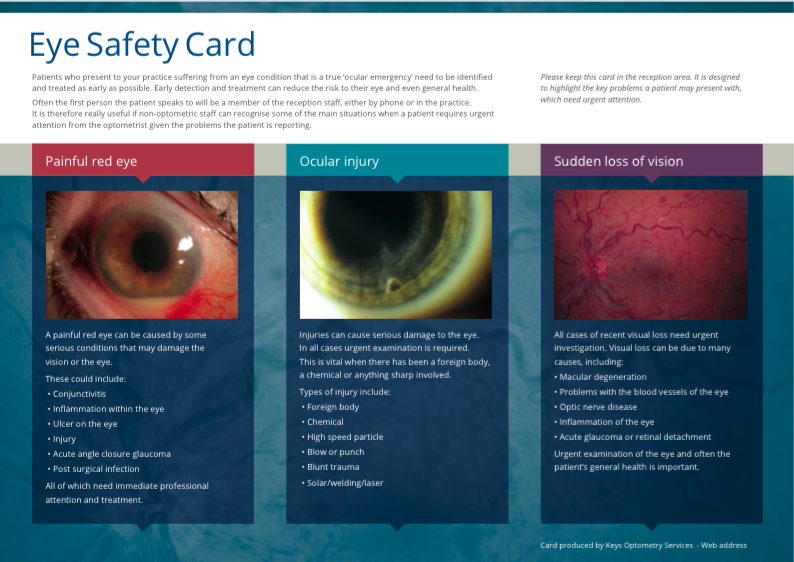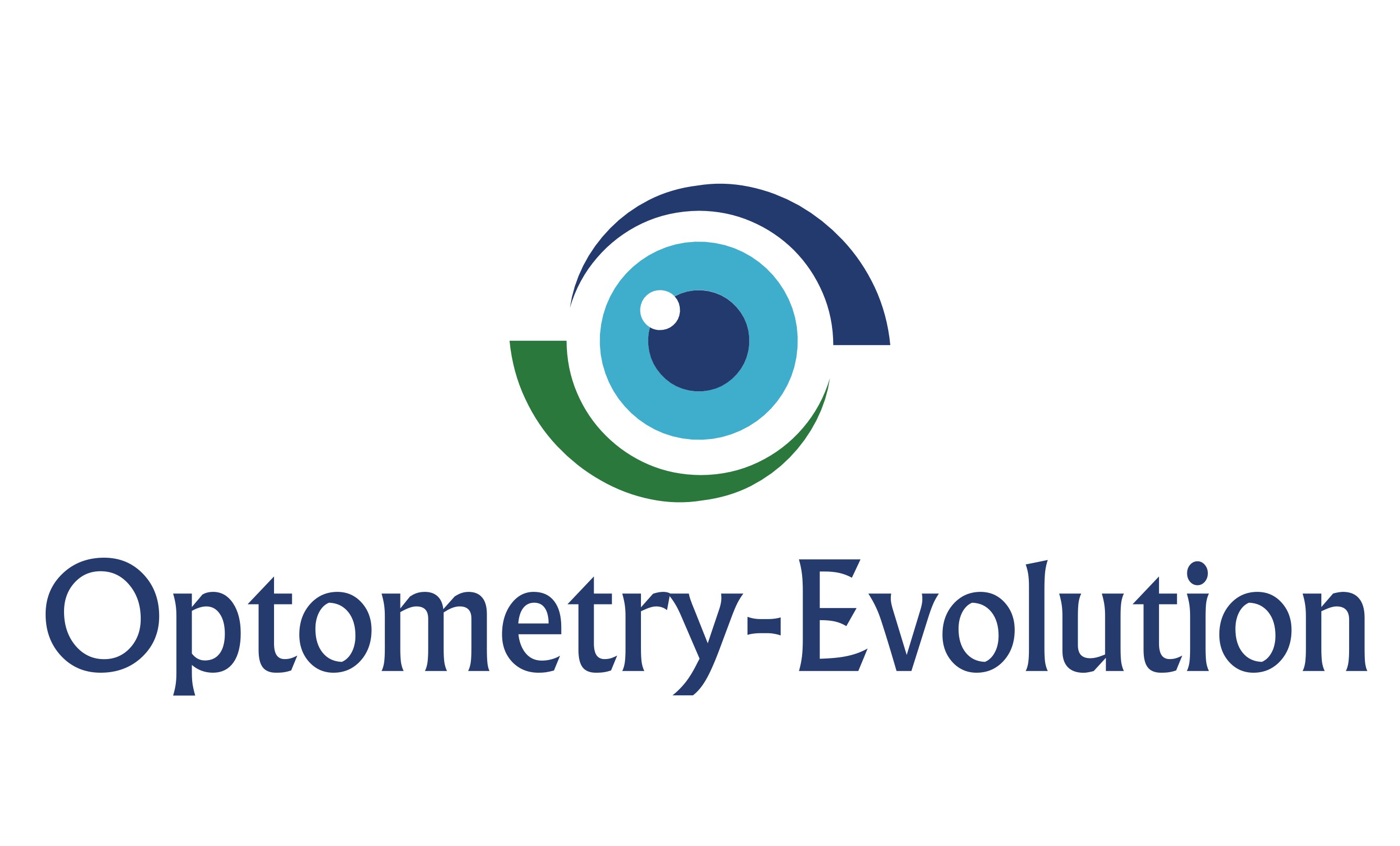The early detection and management of ocular emergencies is an area as eye-care practitioners, where we have a key role to play. The vast majority of patients seen in community optometry practice will be routine cases, with good ocular health, however when serious pathology presents we need to be ready for it, and have a strategy for how we deal with these cases.

There is a real element of a joined up approach when it comes to helping patients who are experiencing a serious ocular condition. It really starts with the first person they speck to in the practice – often a receptionist or a dispensing member of staff. It is great if they have an awareness of the type of symptoms and complaints from a patient that might suggest that there is something serious happening so they get prompt review. In turn the optometrist needs to be able to recognise and manage these conditions in an appropriate way, which will lead to the best outcome for the patient. In urgent and emergency cases this really means knowing who to refer to and with what scale of urgency, and being able to pass on vital and concise information to the person receiving this referral.
GP surgeries and pharmacists may also be the primary point of contact for patients with serious and acute conditions, so in exactly the same way being alert to significant ocular pathology is crucial.
In A&E and ophthalmology departments, again the first point of contact might be a health care assistant or member of the admin team, so for them to have a familiarity with red-flag situations would be beneficial to aid the best channeling of the patient.

The Eye Safety Card was primarily developed to help non-professional staff members in optometry practice, so that they would be alert to potential red-flag situations. As time has gone on however it has become apparent that it is really useful across the whole raft of groups who encounter these patients. For optometrists themselves having access to this tool is beneficial as just provides a ready reckoner for the possible conditions that constitute an urgent or emergency condition. It has to be appreciated that some of these conditions only arise very rarely, so keeping this part of the clinical brain alert to these situations is important. For student and pre-reg optometrists this should be particularly helpful as a study aid, so that when they qualify they know the various groups of ocular emergencies.
In a similar way GPs and pharmacists benefit from this card as eyes are not their main area of expertise and again as a ready reckoner this card should prove very helpful.
I have had very good feedback from optometry practices and GPs who have the card and I am always looking at other ways to provide support in this field of eye care. Possible developments in the next while include electronic patient information for practice waiting room screens, and patient leaflets that highlight the main signs and symptoms on the card.
Recently, where I work in the North of Scotland, one of the primary care boards has just ordered a batch of these cards to distribute to each GP, optometrist and pharmacist in their area, which is great, and represents the sort of joined up thinking which will help in the detection of serious ocular pathology. It would be terrific if other boards followed suit.
As always I am really keen to gain more feedback on this work, and if any groups or colleagues wish to get in touch regarding the Eye Safety Card, please don’t hesitate.
Thanks for reading
Stan

